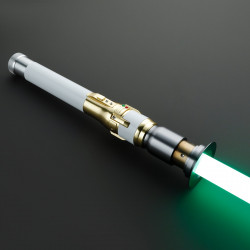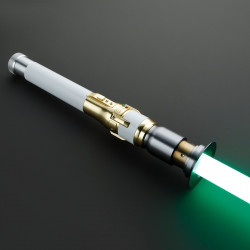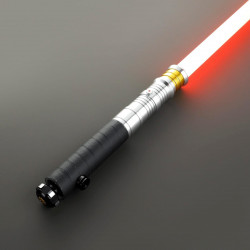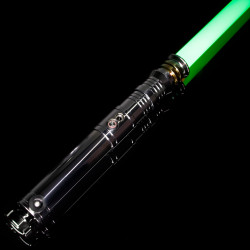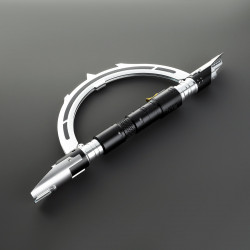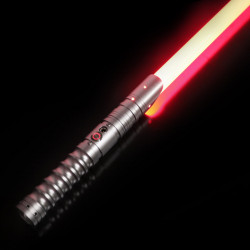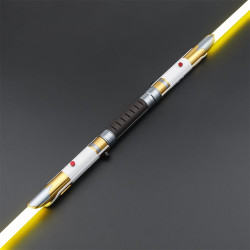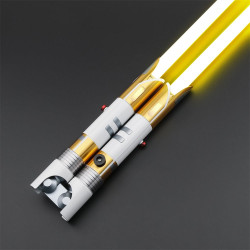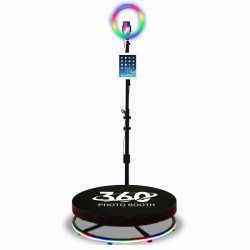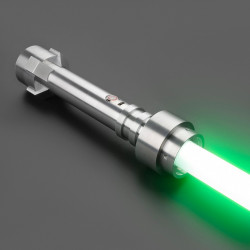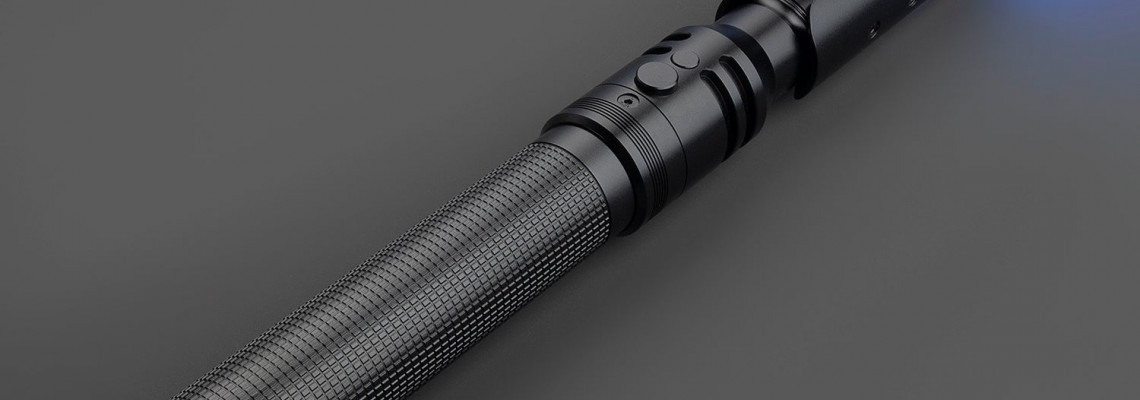
Essential Protection and Defense Lightsaber Tips
Getting your first lightsaber gives you access to a world of thrilling opportunities. Everything from cosplay to modification is up to you, regardless of whether you choose one of our basic models or make your lightsaber by buying individual parts. The next stage for the majority of new LaserPointerWorld owners is to start studying combat tactics and signature lightsaber movies.
Lightsaber battle is a topic with more complexity and branches of knowledge than you may think, so if the thought of two individuals randomly slapping each other's sabers around comes to mind, you, Padawan, have a lot to learn. Here, we'll concentrate on fundamental lightsaber tactics and ideas for protection and defense to get you started. This should provide you with a solid basis for future research.
Soresu, the Way of the Mynock
The Star Wars canon recognizes seven "forms" of lightsaber combat, as you may already be aware. While different fighting styles evolved over the ages to address the shortcomings of earlier styles, adapt to shifting battle conditions, or accommodate the specialized combat needs of certain Jedi as they worked to reduce their vulnerabilities, these basic lightsaber forms were developed over many millennia.
Soresu (Form III), sometimes referred to as the Way of the Mynock or the Resilience Form, is the most defense-focused of all the Star Wars fighting methods. Count Dooku and Obi-Wan Kenobi are two notable practitioners. Soresu, which is typically pronounced so-RAY-sue, was developed to protect against the threat of blaster fire, whereas earlier combat forms were designed for lightsaber duels and left its wielder open to long-range weapons.
Protecting oneself is the main objective of a Soresu practitioner, with offensive strikes and sporadic attacks on their opponent or opponents taking a backseat. The fighters can be prepared to defend against any attack with little movement if they keep their lightsaber blade near their body at all times. Therefore, the form's movements and methods stress movement efficiency; nevertheless, because its practitioners lack aggressive attacks, which often result in prolonged skirmishes, it requires a relatively high level of stamina. The primary goal of the Soresu fighter is always to maintain a solid defense, although they can and will attack when they find a chance.
Protection and Defense Lightsaber Forms
Soresu practitioners use the following fundamental defensive lightsaber postures. They are designed to block an opponent's lightsaber attack or blaster fire.
- Hold the blade horizontally in front of and slightly above your head while holding the hilt in one hand to protect yourself from a vertical downward lightsaber assault.
- Hold the hilt at your waist with the blade pointing up to deflect blaster bolts that are headed for your trunk.
- Holding the hilt over and in front of your head, with the blade diagonally angled downward across your body, will deflect a high-angle blaster shot.
- Holding the hilt with both hands, swing it over your head so that the blade points downward and parallel to your back to protect yourself from a rear blaster attack.
- Holding the hilt vertically upward at chest height, sweep the blade downward and across your left or right side to defend against a side strike.
- Start the motion with the hilt at your chest and the blade facing upward to protect yourself from a lower-body strike. Swing the saber in a semicircle to your left or right, depending on the angle of your opponent's strike. The motion ends with the blade pointing downward in front of your opposing leg.
Although this is a fantastic beginning, you will need to learn more protection and defensive lightsaber techniques in order to become a master of Soresu.
